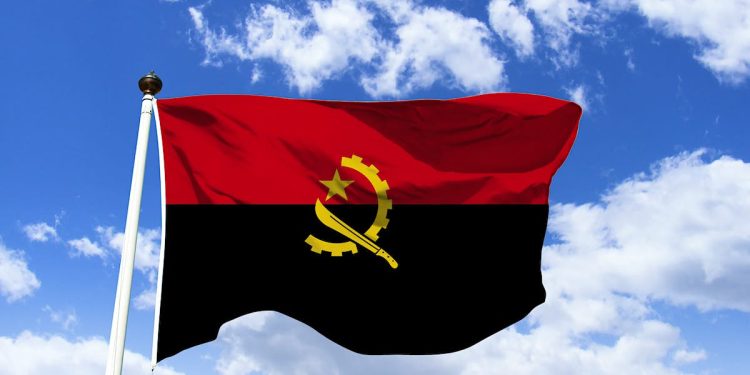Potato cultivation in Angola has a long and complex history that has evolved alongside the country’s agricultural and political landscape. The potato is an important food crop in Angola and contributes significantly to food security in the country. In this article, we will explore the history of potato cultivation in Angola and how it has influenced the country’s agriculture and food security.
Potatoes are not native to Angola but were introduced to the country by Portuguese colonizers in the 16th century. At the time, potatoes were not widely cultivated in Europe, and the Portuguese brought them to Angola as a novelty crop. However, it was not until the 19th century that potatoes began to be cultivated on a larger scale in Angola, particularly in the central and southern regions of the country.
Potato cultivation in Angola was initially driven by the need for food security and to feed the growing population of Portuguese settlers. The potato was a hardy crop that could be grown in a variety of soils and climatic conditions, making it an ideal crop for Angola’s diverse agricultural landscape. Potatoes also provided a much-needed source of carbohydrates and other essential nutrients, which were lacking in the traditional African diet.
As potato cultivation in Angola grew, so did the demand for the crop. The potato became an important cash crop for Angola, with exports increasing significantly throughout the 20th century. However, the rise of potato cultivation also had its downsides, particularly for small-scale farmers. Many farmers found it difficult to compete with larger commercial operations, which had better access to resources and markets. This led to a concentration of land and resources, which further marginalized small farmers.
The history of potato cultivation in Angola has been marked by periods of both growth and decline. The country’s long-running civil war, which lasted from 1975 to 2002, had a significant impact on agriculture and food security in Angola. During the conflict, many farms and crops were destroyed, including potato fields. As a result, the country’s potato production declined significantly, and it has taken many years to recover.
Today, potato cultivation in Angola is still an important part of the country’s agriculture sector, although it faces numerous challenges. Climate change, soil degradation, and pests and diseases are just some of the challenges that farmers face when growing potatoes in Angola. Additionally, the country’s infrastructure and market systems are often inadequate, making it difficult for farmers to access the resources and markets they need to succeed.
In conclusion, the history of potato cultivation in Angola is a complex one, shaped by colonialism, politics, and economics. Today, potato cultivation in Angola continues to face challenges, but it remains an important crop for the country’s food security and economy. As the country works to overcome the challenges it faces, it is important to remember the role that potato cultivation has played in Angola’s agricultural history and the potential it has for the country’s future.








